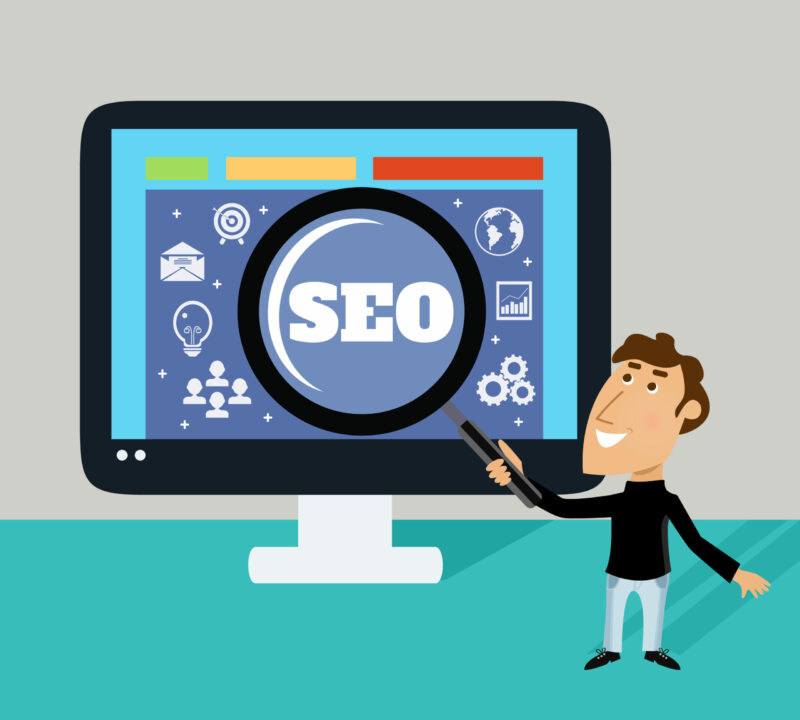In the ever-evolving landscape of business, one thing remains constant: the need to connect with your audience. A crucial element of this connection is the language we use. No longer is it enough to simply describe your product or service; instead, we must delve into the minds of our target customers, understanding their needs and desires. In this article, we explore the art of using customer-centric language to create resonance in your target market.
The Heart of Connection: Understanding Your Audience
Connecting with your audience begins with a deep understanding of who they are. Instead of relying on generic descriptions, immerse yourself in their world. Identify their pain points, aspirations, and the language they use to express themselves. This empathetic approach allows you to communicate in a way that feels personal and relevant.
Crafting product descriptions that align with your target customers involves more than a mere listing of features. It requires a narrative that speaks directly to their needs and desires. For instance, if you’re selling a productivity app, focus not just on its features, but on how it transforms the daily struggles of your users. Use language that mirrors their challenges and positions your product as the solution.
Words That Resonate: Painting a Vivid Picture

To resonate with your audience, your language must be vivid and relatable. Take a cue from the snippet provided: “Understand their pain points and vividly highlight how the product addresses those needs.” This is the key. Use descriptive and emotionally charged language to paint a picture of the positive change your product can bring to their lives.
Avoid generic terms and opt for specific, evocative words. If your product brings joy, convey that emotion through phrases like “experience pure joy” or “unleash happiness.” The goal is to evoke a response that goes beyond a rational understanding of your offering; it’s about creating an emotional connection.
Beyond Features: The Benefits of Customer-Centric Language
While features are essential, the true power lies in translating those features into tangible benefits for your customers. Instead of bombarding them with technical jargon, express how these features directly impact their lives. For instance, rather than saying your vacuum cleaner has a powerful motor, highlight that it effortlessly tackles even the toughest dirt, saving them time and effort.
The language of benefits is customer-centric by nature. It shifts the focus from what your product does to how it improves the customer’s experience. This approach not only makes your communication more accessible but also positions your brand as one that truly understands and cares about its customers.
The SEO Advantage: Integrating Keywords Thoughtfully

In the digital age, integrating SEO strategies into your content is essential. However, the key lies in doing it seamlessly, without sacrificing the natural flow of your customer-centric language. Target a keyword density between 1.2% and 1.8%, ensuring that it includes not only the primary keyword but also relevant secondary keywords.
For example, if your primary keyword is “innovative kitchen gadgets,” consider secondary keywords like “time-saving kitchen tools” or “smart cooking accessories.” These secondary keywords should stem from a deep understanding of what your audience is searching for, aligning with their intent and interests.
The Art of Conversational Engagement

Customer-centric language is, at its core, about engaging in a conversation with your audience. Avoid the formalities that distance you from your customers. Instead, adopt a conversational tone that invites them to be part of a dialogue.
Imagine you are speaking directly to a friend. Use pronouns like “you” and “we” to create a sense of unity. Pose questions that encourage interaction and feedback. The more your language mirrors genuine conversation, the more likely your audience is to feel seen and heard.
Conclusion: Elevating Your Connection
In the realm of business, where competition is fierce, and attention spans are fleeting, the ability to connect with your audience is a powerful differentiator. By embracing customer-centric language, you not only communicate the value of your offerings more effectively but also forge a deeper connection with those you aim to serve. So, as you embark on your next marketing endeavor, let the language you choose be a reflection of your commitment to understanding and resonating with your target market.





